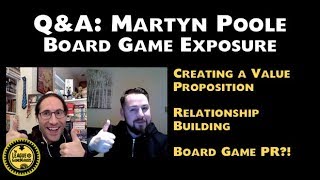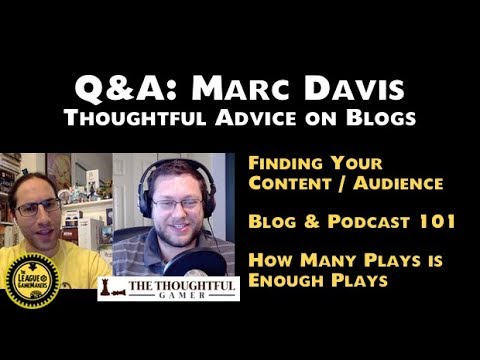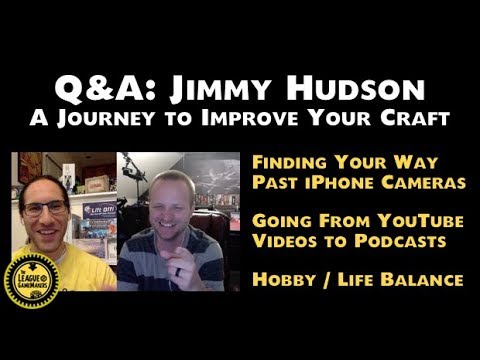
Today, I want to talk about curves. I know what you are thinking, but no, we will not be talking about sexy cosplayers and how to incorporate them into your campaign. I want to talk about funding curves for your Kickstarter and an interesting trend I noticed with Stones of Fate.
As I was approaching the end of the Stones of Fate Kickstarter, I was expecting a sharp increase in number of backers and amount pledged during the final 2-3 days of my campaign. I was surprised to see that did not pan out (at least it appeared so at the time).
Here is what I was expecting:

Here is what I got:

Notice the sharp uptick on Disaster Looms in the first picture.
I HAD ALWAYS HEARD THAT THE FINAL DAYS OF A KICKSTARTER CAMPAIGN RESULTED IN A LARGE UPSWING IN BACKERS AND PLEDGES.
This did not appear to be the case (at least not as large as I had expected) with Stones of Fate. I then saw the same thing happen on Jamey Stegmaier’s Tuscany campaign.
It seemed like that campaign did not have as large of an upswing as I had seen on other campaigns as well. So I decided to analyze some of the data from Kicktraq to see if I could figure out what was happening.
KICKTRAQ?
Kicktraq.com is a fantastic campaign resource from Adam Clark. Since starting in 2012, Kicktraq reports as tracking nearly 100,000 Kickstarter projects! It’s useful to both project creators and supporters, keeping tabs on useful data re: backers, pledges and comments.
I examined 10 different projects (4 from fellow league members) and looked at the number of backers brought in the first three days of the campaign and the final 3 days of the campaign.
| Project Name | Stones of Fate | What The Food?! | Evil Intent | Ars Victor | King of Crime | Unexploded Cow | Heavy Steam | Disaster Looms | GripMats | Tuscany |
| #Backers-first 3 days | 210 | 94 | 182 | 101 | 24 | 310 | 129 | 32 | 53 | 1913 |
| 1st 3 days as percentage of total backers | 36% | 22% | 30% | 38% | 23% | 24% | 23% | 3% | 3% | 44% |
| #Backers-final 3 days | 129 | 103 | 99 | 45 | 14 | 277 | 100 | 512 | 681 | 779 |
| Final 3 days as percentage of total backers | 22% | 24% | 16% | 17% | 13% | 21% | 18% | 52% | 43% | 18% |
| Ratio of final 3 days to opening 3 days | 61% | 110% | 54% | 45% | 58% | 89% | 78% | 1,600% | 1,285% | 41% |
Based on this table I conclude that Kickstarter projects can be grouped into 3 main categories:
- Front Loaded Campains
- Equally Spaced Campaigns
- Back Loaded Campaigns
FRONT LOADED CAMPAIGNS
A front loaded campaign is one in which a significant portion of backers pledges on the first day of the campaign. These campaigns have made an effort to spread the word early and to generate interest ahead of the campaign start date. They will usually not see as high of a spike at the end due to many of the interested supporters jumping on board in the first few days.
A perfect example of a Front Loaded Campaign is Tuscany

Jamey was able to draw in 1,913 backers during the first 3 days of his campaign (44% of his total backers) but only saw an increase of 18% in number of backers over the final 3 days.
EQUALLY SPACED CAMPAIGNS
These campaigns follow the more traditional pattern of a large opening couple of days and then a large (almost equal to the original) spike at the end of the campaign. When I think of the equally spaced campaign, I think of What The Food?! by fellow League member Peter Vaughan

Peter brought in 94 backers over the first 3 days of the campaign and then 103 backers over the last 3 days of the campaign showing that traditional Kickstarter curve in the process.
I would say Stones of Fate fits somewhere in between the Front Loaded and the Equally Spaced campaigns.

We did get 210 backers (36%) in the first 3 days but were also able to bring in another 129 (22%) during the last 3 days as well.
BACK LOADED CAMPAIGNS
Finally, there are the back loaded campaigns. These are the rare campaigns that don’t make a splash in the first few days but somehow manage to pick up steam over the course of the campaign and end with a bang. The perfect example of this are the campaigns from Break From Reality Games: Disaster Looms and GripMats. We will look at the GripMat campaign to see what these back loaded campaigns look like.

Eric Salyers owns Break From Reality Games. To this day I am not sure how he managed to get 42% of his backers in the final 3 days while only bringing in 3% in the first 3 days. But he has shown that pattern in other campaigns as well and it seems to work well for him. You can’t argue with his success.
Overall, I think I would prefer my future campaigns to be in the Front Loaded category. It just seems less stressful to know right off the bat that you are doing well. True, you cannot expect as much of a swing at the end but I don’t think that would bother me if I saw more activity and pledges up front. What do you say, where do you want your campaign to fit? Obviously I only looked at 10 campaigns so more research can definitely be done. Do you see any other categories or trends that we can put campaigns into?








